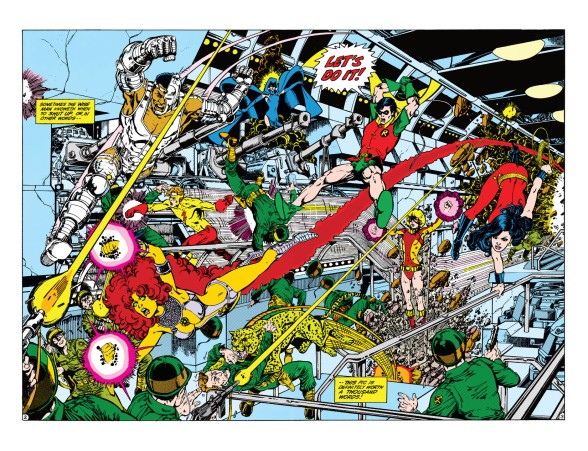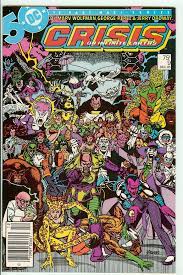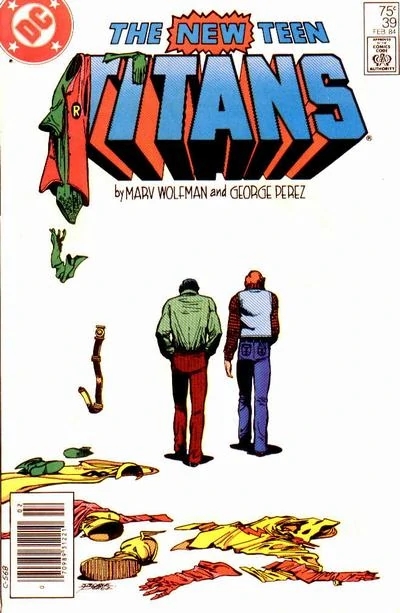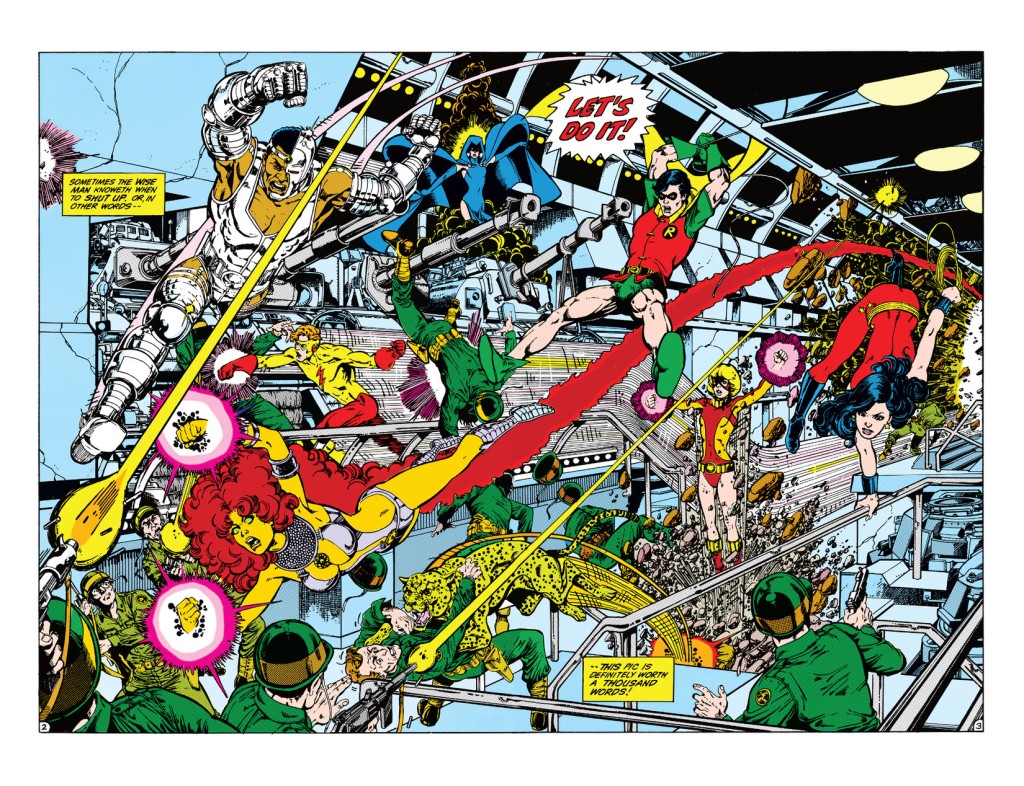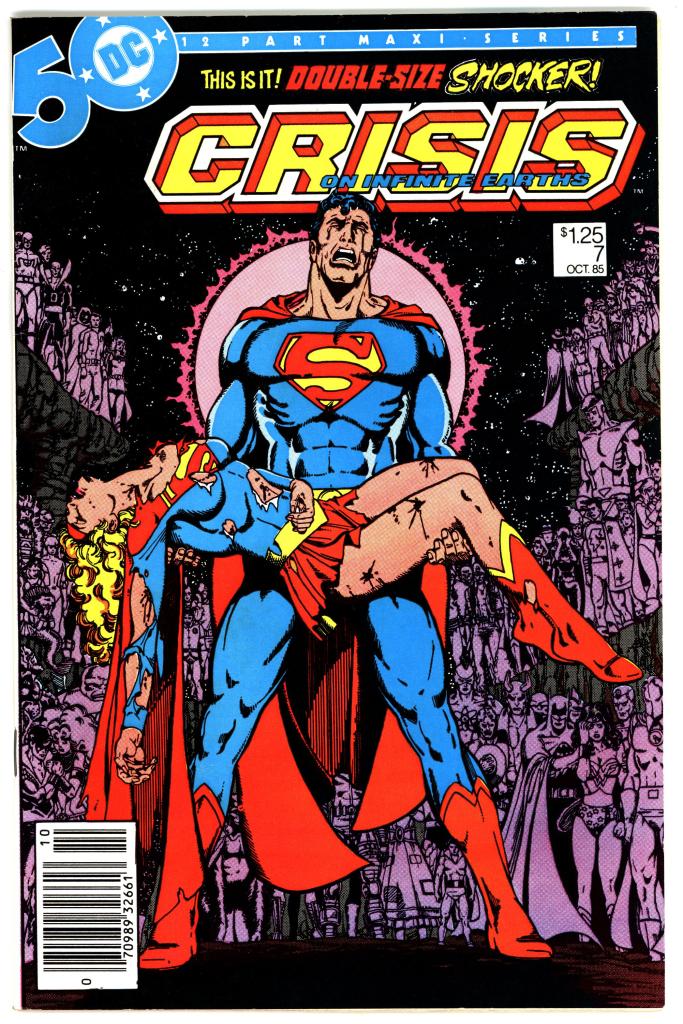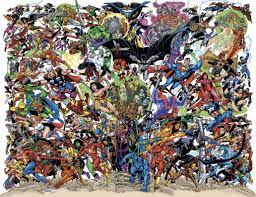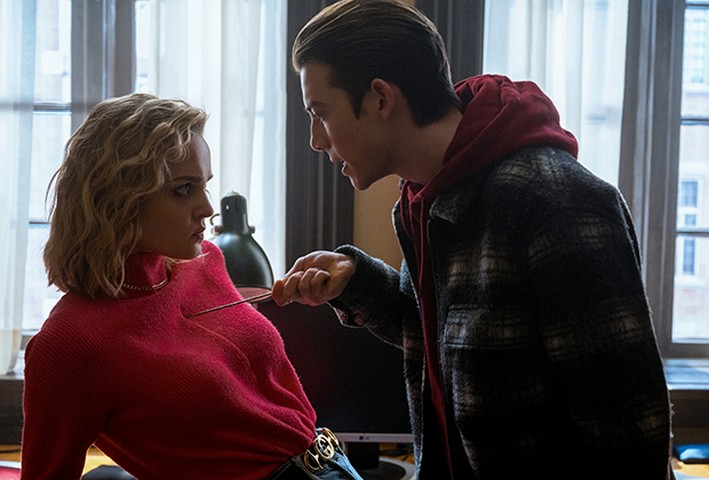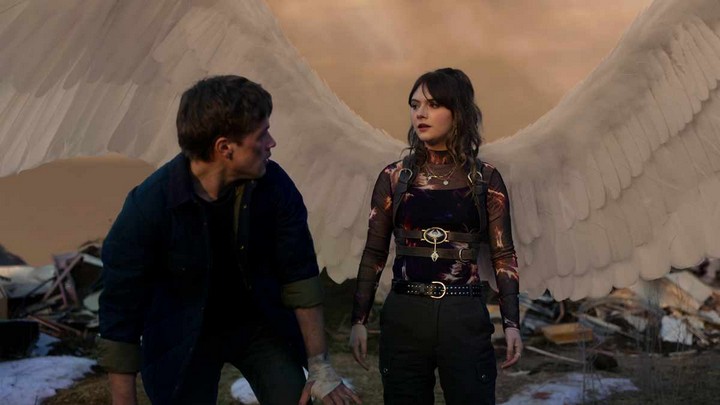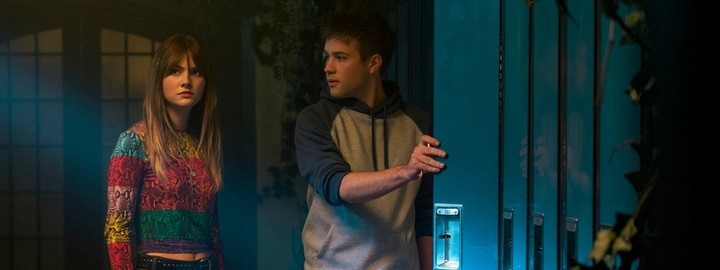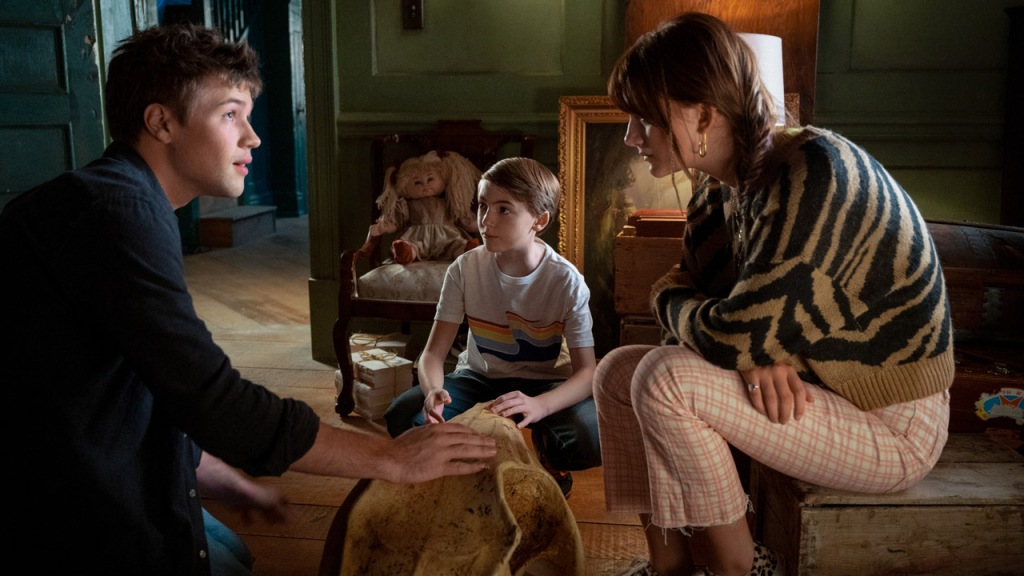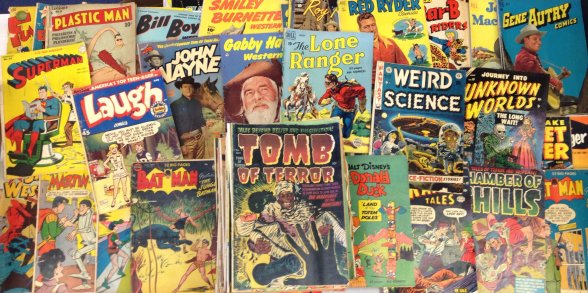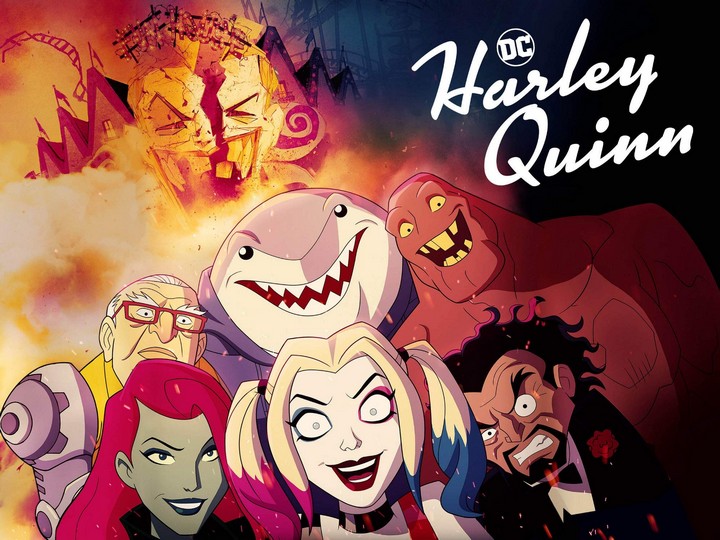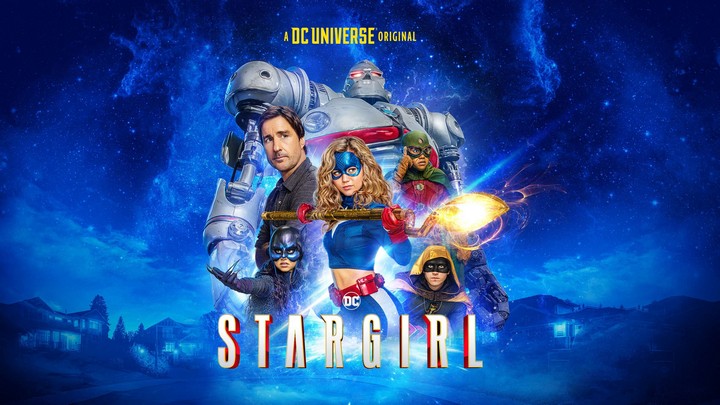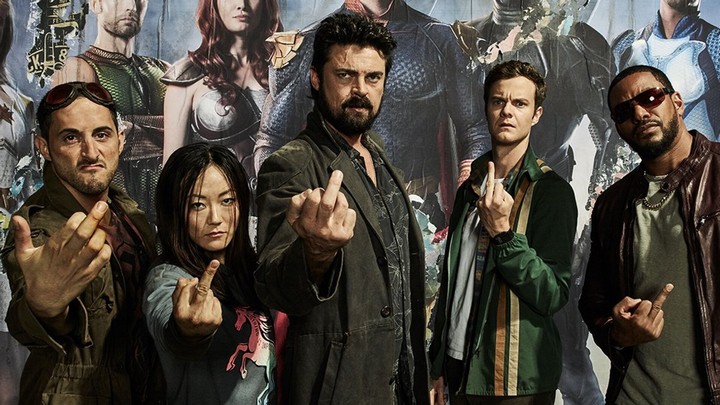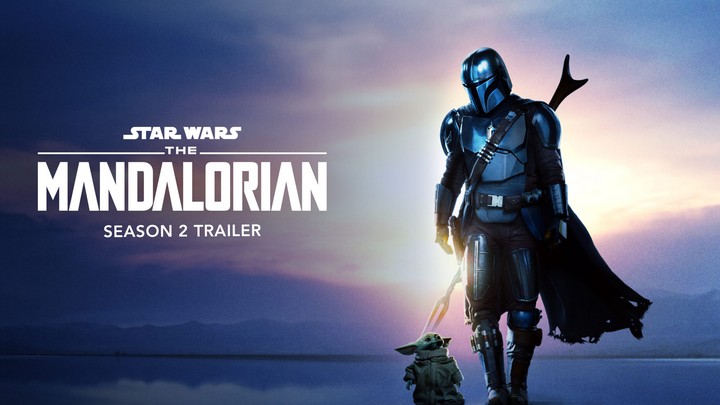I’m still in shock with the news that George Perez has terminal pancreatic cancer.I’ve been a fan of his work since before I could afford to buy my own comic books. To say that George (and long-time collaborator Marv Wolfman) had an impact on my comic book journey would be an understatement. Here, I will outline just how much George’s work inspired me to read and collect a medium that has shaped the person I am today.
One of the first comic books I got to read during grade school was ‘Crisis on Infinite Earths #9’, otherwise known as the ‘Villain War’. At this point,I had little awareness of American comic books as a medium, and this was one of those first issues I read. This was a mind-blowing issue for me at the time, and I was just lent to read this by a classmate. I didn’t bother to ask where he got it. I didn’t even know the significance of this series at the time nor did I pay attention to George’s (and Marv’s) name on the cover. All I knew was that this was beautiful action storytelling from cover to cover. The cover itself already drew me to read this issue. Though this was one of the first comic books I’d read, this wouldn’t be the issue that got me into collection comic books.
‘Crisis on Infinite Earths #9’ got me through the door, but it was ‘The New Teen Titans #39’ that got me into collecting comic books. Entitled ‘Crossroads’, I bought this issue myself in a bookstore. I liked the cover. Something about it intrigued me. Little did I know that this beautiful two-page spread lay waiting for me, and my young eyes.
Little did I also know that this was the prelude to the seminal classic, and arguably the best single Titans story ever, ‘The Judas Contract’. My uncle would send me the first trade paper back of ‘The Judas Contract’ years later (I still have that plastic-covered copy with me). This Christmas gift was pretty serendipitous since I never asked for this book specifically. Yet, this is what I got. From there, I made it one of my life’s quests to hunt down every single issue of the George Perez-Marv Wolfman ‘The New Teen Titans’ run because of its influence on me growing up. I was late in finding this series. It came out way before I was in grade school. So, the hunt began, and after years of hunting (a decade I think) I was able to find every single issue of George Perez’s ‘Titans ‘run. More on these Titans later. However, it didn’t take me long to complete another one of his groundbreaking works.
As I already mentioned, I had read ‘Crisis on Infinite Earths #9’. But, I had never completed reading the maxi-series. I didn’t even know where to get copies of these books. Lo and behold, my uncle (yes the same uncle), left at a comic con when I visited him in San Francisco. This was my first comic book convention. Lots of sellers. Lots of books. So, I went searching the boxes with no particular book in mind until I ran into the cover of ‘Crisis on Infinite Earths #7’. This reminded me that I’d always wanted to collect and read this series, and so I scooped this up, and digged the other boxes at the convention for the rest. Lucky for me, I found every single issue. When the convention ended, I read this series FINALLY. Later, I’d find out that ‘Crisis’ came at around the same time that ‘The New Teen Titans’ was soaring in popularity and story. With these two comic book series, The New Teen Titans and Crisis on Infinite Earths, I would NEVER forget the name George Perez again. ‘Crisis’ strenghtened my resolve to hunt down issues of ‘The New Teen Titans’. And, every time I would see George’s work, it would be an automatic buy or read.
Years later, Marv and George would team up occassionaly for ‘The New Titans’. My childhood fictional friends had all grown up, and the story ‘A Lonely Place of Dying’ showed just how much the characters were growing. By this time, I was all caught up with American comic books, and was a certifiable comic book geek. If there’s anything you can say about George’s work through the years it is the amount of detail he puts into the characters he illustrates. By the time of ‘A Lonely Place of Dying’, George had refined his work from epic to legendary. Just looking at the amount of detail he puts into his work makes me wonder how tiring it would be for his hands to come up with such crisp visuals. This leads to the last series in this article.
For the longest time, ‘JLA/Avengers’ would remain a myth that would never come to fruition. Somewhere and somehow, DC and Marvel came to an agreement, and made this series happen. And who else would be the best person to illustrate this series than George Perez himself? ‘JLA/Avengers was memorable to me because it came at a time that I stopped collecting comic books. Then, when I saw the solicites for this series, I was suddenly back in the game again. Who am I to say, ‘no’ to this modern classic that brought together American comic books two greatest and well-known super hero teams illustrated by George? Not only was I into this series, JLA/Avengers rekindled my love of collecting comic books. I would take a break from time-to-time, but I would never (and I haven’t yet) leave a medium that has shaped my childhood, and continues to shape my personality to this day.
Thank you, George, for the talent that you gifted to the world. I’m sure that I am not the only one who you have influenced with your art. Without you, I would never be introduced to a much larger world. Though we’ve never met, I want to send you my undying love, and appreciation, Mr. Perez. I am one of many whose life you have changed forever. You are indeed a legendary super hero of our time.

